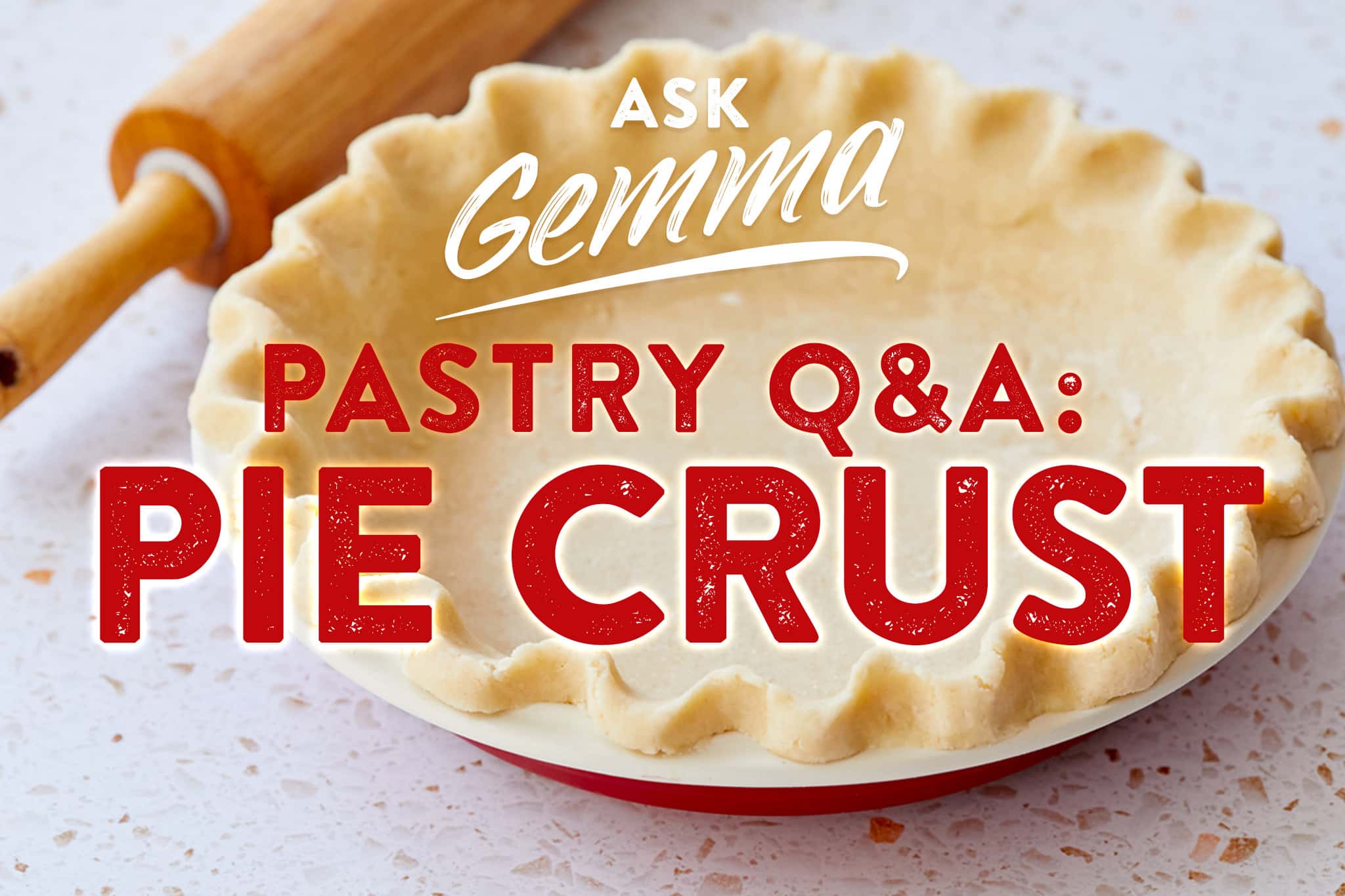
This post may contain affiliate links. Please see my full disclosure for details.
Hi Bold Bakers!
After years of gathering up so much information, we created some documents that will help you make ice cream, cookies, cakes, cheesecakes, and more! In this comprehensive Pastry Q&A post, I have your pie crust questions answered. Ask me anything that’s missing in the comments and I’ll answer!
Q: Which flour is best for making pie crust?
A: There are two main types of flour commonly used for pie crusts: all-purpose flour and pastry flour. Here’s a brief comparison of the two:
- All-Purpose Flour:
Versatility: All-purpose flour is the most versatile and widely available type of flour. It’s suitable for a variety of baking needs, including pie crusts.
Texture: Its moderate amount of protein results in a tender yet slightly flaky crust.
- Pastry Flour:
Pastry flour has a lower protein content than all-purpose flour, which makes it ideal for creating exceptionally tender and delicate pie crusts.
Pastry flour is often recommended for a tender, melt-in-your-mouth crust. It’s commonly used for delicate pastries and tarts.
In summary, the “best” flour for making a pie crust depends on your preference for texture. If you want a flakier, more delicate crust, pastry flour may be your choice. If you prefer a crust that is slightly sturdier but still tender, all-purpose flour is a good option. Some bakers also experiment with a combination of both flours to achieve a balance between tenderness and flakiness. Self-raising flour and cake flour are not recommended.
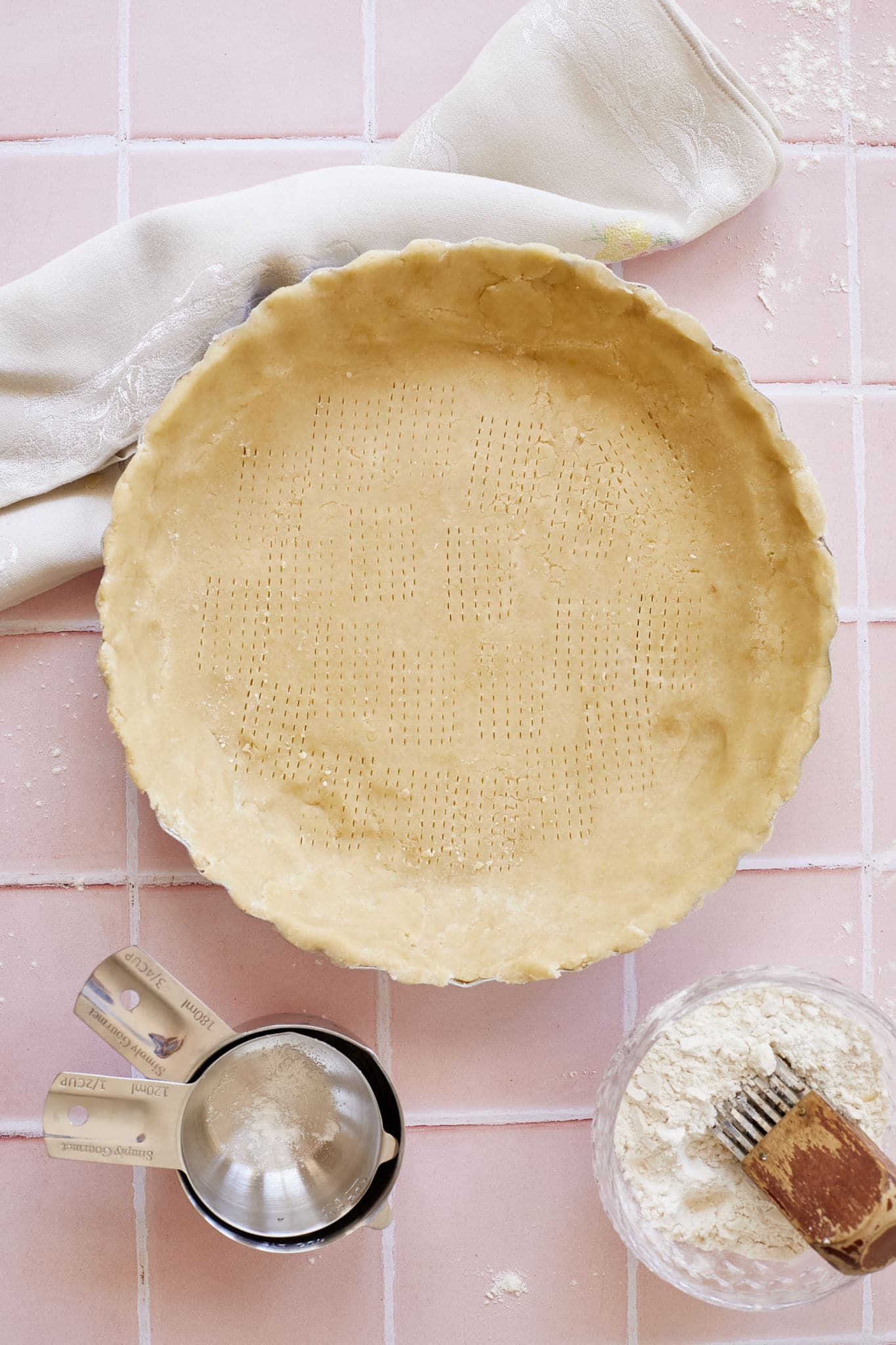
Q: What is pastry flour, and should I use that for pie crust?
A: Pastry flour is a type of wheat flour that is milled from soft wheat varieties, specifically selected for their lower protein content compared to all-purpose flour’s hard wheat.
The lower protein content in pastry flour makes it ideal for a tender and delicate texture. Here are some key characteristics and uses of pastry flour:
- Pastry flour typically contains about 8% to 9% protein, which is significantly lower than all-purpose flour (usually around 11% protein) and bread flour (around 12-14% protein). This results in a tender, crumbly, and delicate texture, especially well-suited for pastries, pie crusts, tarts, cookies, and biscuits.
- Pastry flour is usually lighter in color which helps maintain the desired appearance of baked goods.
- If you don’t have pastry flour on hand, you can create a close approximation by mixing all-purpose flour and cake flour in equal parts. This blend will mimic the lower protein content of pastry flour.
- While pastry flour may not be as commonly found in grocery stores as all-purpose flour, it is readily available in many well-stocked supermarkets and specialty stores, or you can purchase it online. Overall, pastry flour is an excellent choice when you want to achieve a soft, tender crumb in your baked goods, especially in recipes where a delicate texture is essential, such as for pie crusts and certain types of pastries.
Q: Is plain flour the same as all-purpose flour?
A: Yes! It’s a common wheat flour with a protein content of 8-11%. It’s known as “all-purpose flour” in the US and Canada because it works in a wide range of baked goods, including cakes, cookies, muffins, quick breads, pastries, pies, pancakes and waffles.
It’s known as “plain flour” in the UK, Australia, Ireland and some other countries because it does not contain any leavening agent.
Q: Can I use whole wheat flour when making pie crust?
A: Yes,I recommend using at max 50% whole wheat flour and 50% white flour to make pie crust. However, the result will be denser and less flaky due to the presence of bran that weighs down the protein and affects the rise.
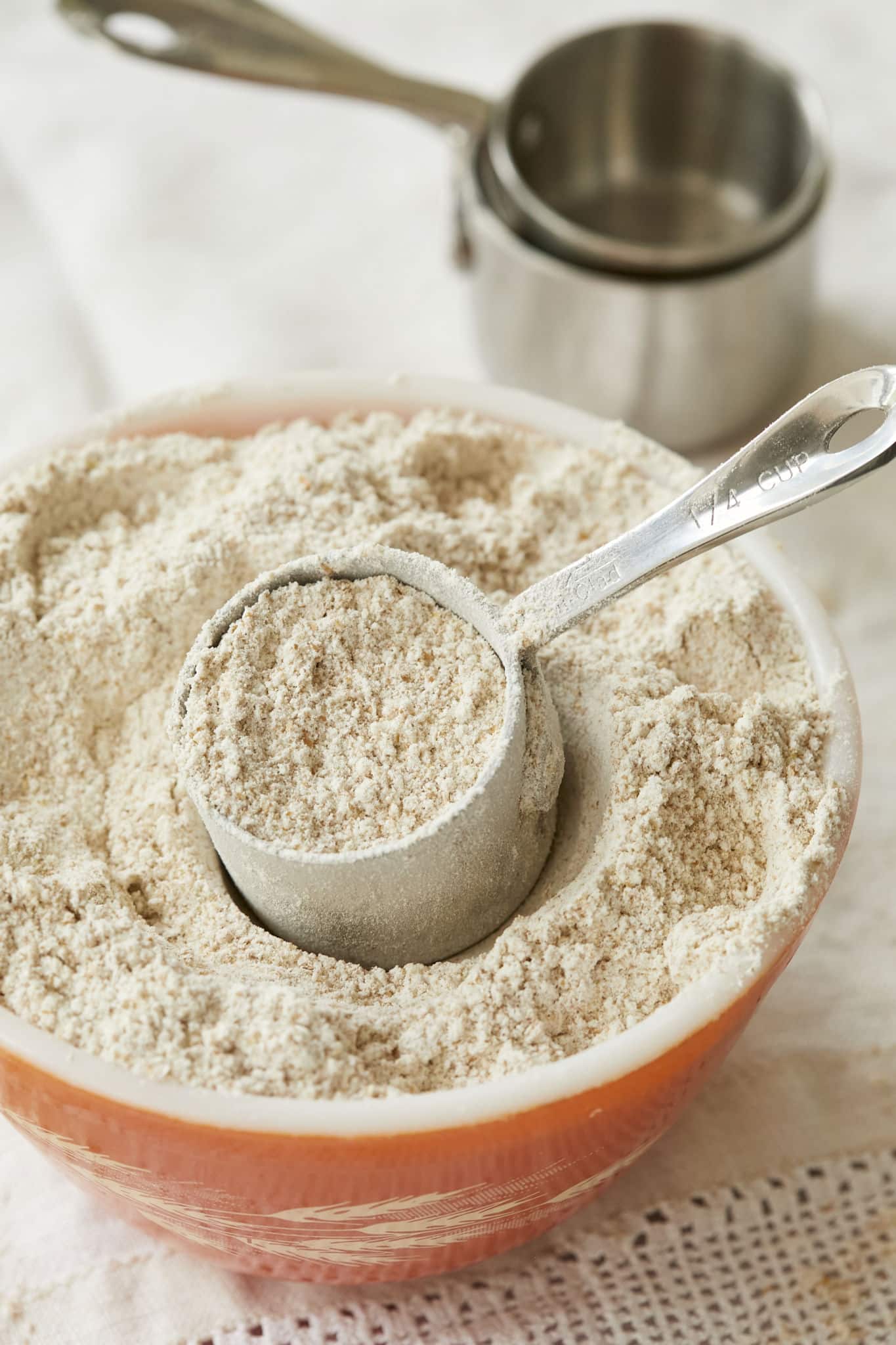
Q: Can you make pastry dough using gluten-free flour?
A: Yes, you can use an all-purpose gluten-free flour mix in a 1:1 substitution. Note to hold back some liquid by using up to 3/4 in one go and adjusting it accordingly to get the same consistency as mine.
Q: Can I use Homemade Butter when making pastries?
A: Yes, you can! Real butter yields the absolute best, flakey results in your pie crust.
Q: Can you use whipped or spreadable butter when making pastry dough?
A: No, you can’t. Spreadable butter or whipped butter usually contains more water , oil or cream for a softer consistency. Whipped butter also contains extra air. so using any of these will cause the ratios to be off, yielding different results in texture and flavor.
Q: Should I use salted butter or unsalted butter when making pastry dough?
A: You can use either since the amount of salt in salted butter. A lot of it comes down to personal preference. I prefer salted butter due to the slight added flavor but some bakers like using unsalted butter will give you more control of the salt in your pastry. I’ll leave it up to you. My 2 cents is that I have never heard anyone complain that my baked goods were too salty.
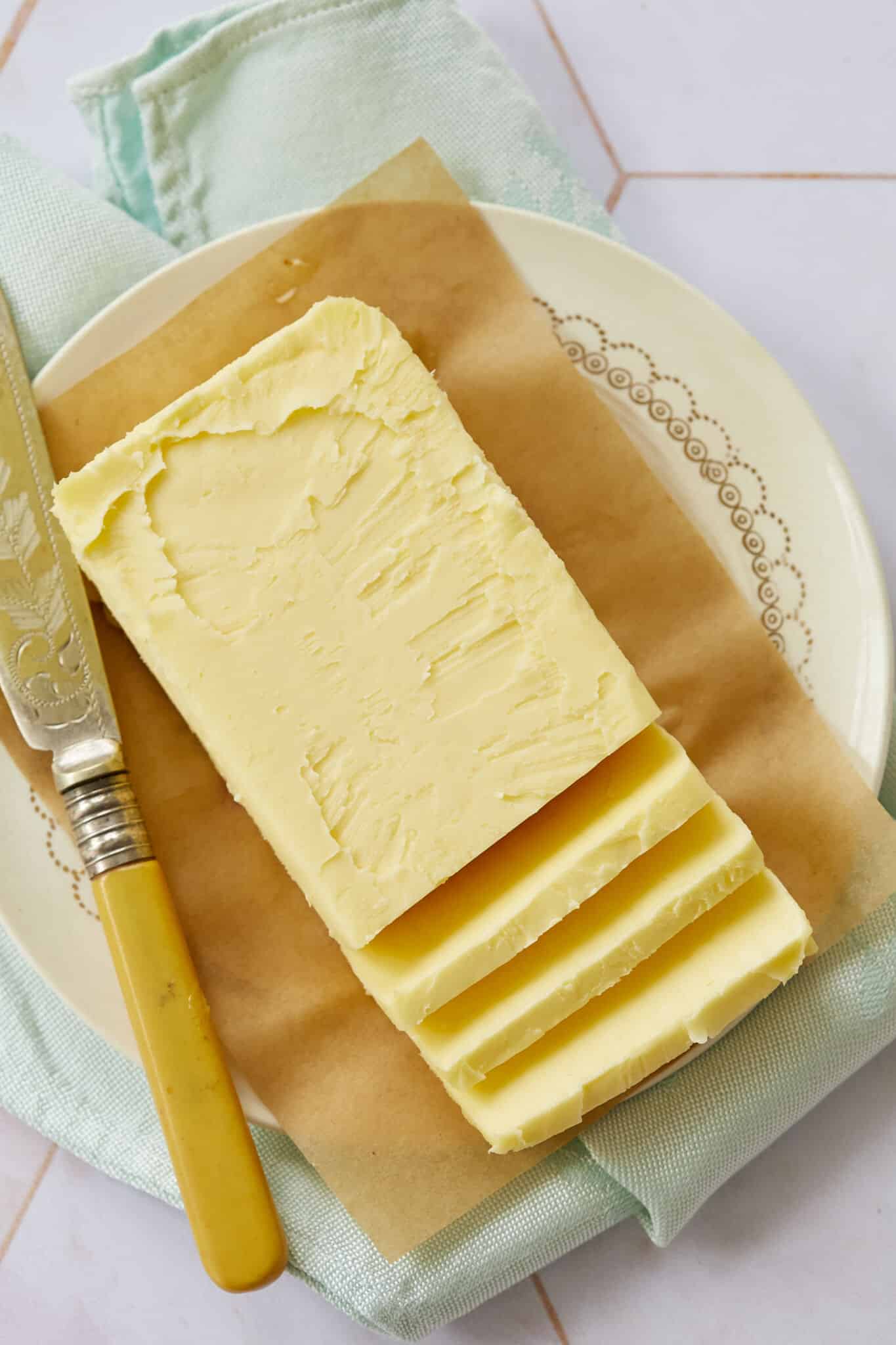
Q: Can I use half lard and half butter in pastry dough?
A: Yes, you can! Using half of each fat will form the neutrality benefiting both sweet and savory pies in flavor, texture, appearance, handling and storage :
- Lard is a rendered pork fat with a neutral flavor allowing the other ingredients to shine through. Butter: Butter has a rich, creamy, and distinctly buttery flavor which works particularly well in sweet pies.
- Lard has a higher melting point than butter, which can help create layers in the crust, resulting in a flakier pastry. Butter has a lower melting point than lard making the crust slightly more crumbly and tender compared to lard-based crusts.
- Lard makes pie crusts paler while butter balances it well with a slightly golden tone from the butter’s natural yellow color.
- Butter is more sensitive to temperature and can soften or melt quickly while lard can be a bit more forgiving and can make it easier to work with and to maintain pie crusts’ integrity in warm environments.
Q: Why do recipes ask you to grate frozen butter for pie crust?
A: Using frozen butter in Pie crust is to maximize the fact that water from frozen butter will evaporate during baking to make air pockets creating layers. This makes the flakiest pie crust. If the butter is not cold enough, it means part of its water content has already evaporated into the air before going into the oven.
You can grate butter when you have time and mix it with some flour then freeze those butter curls. Very handy. Bake anytime you want and your butter is sure to be cold enough every time!
Q: How can I measure frozen butter?
A: The easiest way is to measure it before you freeze it. If the recipe calls for grated butter then also I recommend measuring the block first, then grate.
Q: How do dairy products such as buttermilk, sour cream, and yogurt affect pie crust?
A: These dairy ingredients can have slightly different effects on the texture and flavor of the pie crust, so it’s important to choose the one that suits your preference. Here’s how each of these dairy products can affect a pie crust:
- Dairy products provide moisture to the pastry dough, keeping the crust tender and from getting overly dry.
- Fat (especially in sour cream) coats the particles of flour, inhibiting the formation of gluten, resulting in a soft and crumbly texture. In the meanwhile, fat also adds richness and flavors to pastry. The acid interferes with the protein’s ability to bond together effectively. This makes the dough more tender. Flavor-wise, the subtle tang can balance and enhance the overall taste of the pastry.
- Be sure to check out my easy recipes that work like wonder: Homemade Buttermilk, Homemade Sour Cream, and Homemade Yogurt.
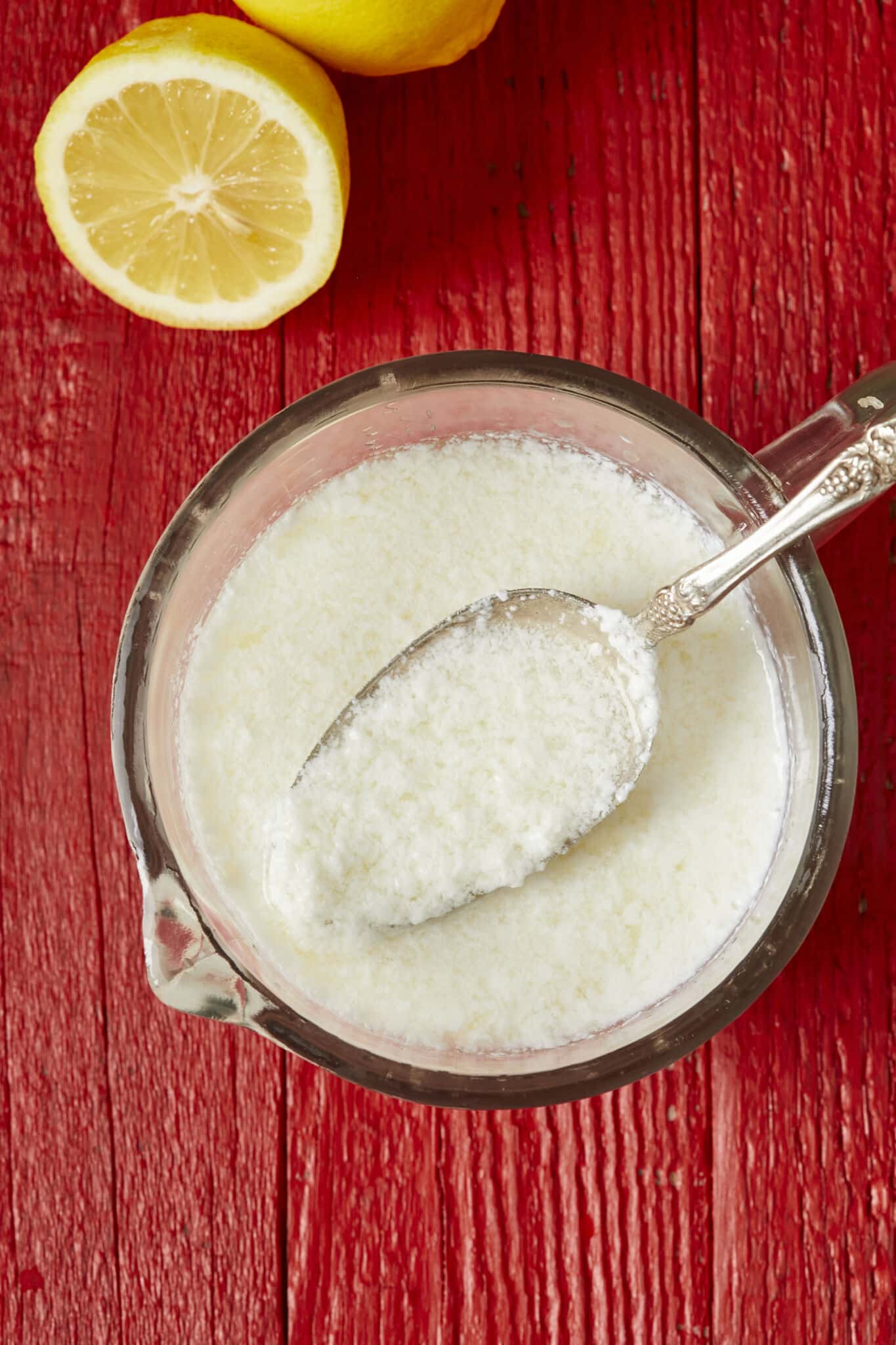
Q: Why do you add vodka to pie crust?
A: Hard spirits (vodka, whiskeys etc) tend to be 40% to 60% alcohol (most down around 40) with 40% to 60% being water. Substituting alcohol for water means less evaporation during baking hence less chances of crust shrinking.
- Alcohol does not contribute to forming a gluten network as water does, so it makes it easier to roll the crust without toughening it.
- In general, you can substitute alcohol for part or all the required amount of water, at a 1:1 ratio. It’s best to start with 1 tablespoon of hard spirits in a 9-10 inch pie crust. Adjust it accordingly to get the desired flavor and the same consistency as the original recipe. But be cautious not to add too much, as excessive liquid can make the dough overly wet and challenging to work with.
Q: Why do you add lemon juice to pie crust?
A: Lemon juice is sometimes included in pie crusts or puff pastry for flavor, texture and color:
- Lemon juice adds a subtle tartness to brighten and refresh the crust.
- The acidity inhibits gluten formation, which can tenderize the crust dough.
- Lemon juice can help maintain the paleness of the crust which may suit certain pies in appearance.
Q: Why do all your ingredients have to be cold when making pie crust
A: Using cold ingredients such as butter, water, and flour (even cold bowls and utensils) when making pie crust is a crucial step in flakiness, tenderness, better control, and reduction of shrinkage.
- Using cold fat helps ensure that it doesn’t melt prematurely during the mixing process but rather during baking, creating pockets of steam that expand and separate the layers hence contributing to the desired flakiness.
- Cold ingredients help inhibit gluten formation, resulting in a more tender crust.
- Cold ingredients make it easier to control the texture of the dough. You can manipulate the cold fat into the flour more precisely, ensuring that it’s evenly distributed and coated with flour. This even distribution of fat contributes to a consistent and predictable pie crust.
- When the pie crust is placed in a hot oven, the cold fat rapidly melts and creates steam, which helps set the shape of the crust before it has a chance to shrink.
Q: How do you make a half pastry dough recipe?
A: Divide each ingredient by 2 and follow the recipe as normal.
Q: Can you freeze pie crust?
A: Yes, you can freeze pie crust and it’s a helpful step in pie making:
- Freezing the pie crust helps ensure that the fat is at its coldest, which, when it melts during baking, creates steam and forms the most layers, resulting in a tender, flaky pastry.
- Freezing the pie crust can help prevent it from shrinking. When the crust is frozen, it’s less likely to lose its shape as it begins to bake.
- Freezing can create a barrier between the filling and the crust, preventing the crust from getting soggy.
- Freezing pie crust is also time-saving and convenient especially for baking multiple pies at once.
Q: What does Blind baking mean?
A: Baking blind is the method used to bake a pie crust or other pastry without the filling either only partially baked or fully baked.
- Some pies need a little extra pre-baked love so they don’t get soggy. Blind baking is often used for pies that have a very wet filling like a Pumpkin Pie or a Pecan Pie. Blind baking a pie crust is also necessary when it will be filled with an unbaked filling, in which case the crust must be fully baked like fruit tarts or a Chocolate Pudding Pie.
- Learn more details in my article of How to Blind Bake a Pie Crust.
Q: What can I use if I don’t have ‘baking beads’
A: Line the pie crust with a large piece of parchment and fill it with dry beans, raw rice, or lentils to stop the dough from rising up as it bakes. Save the rice/beans to be used over and over in your future pies!
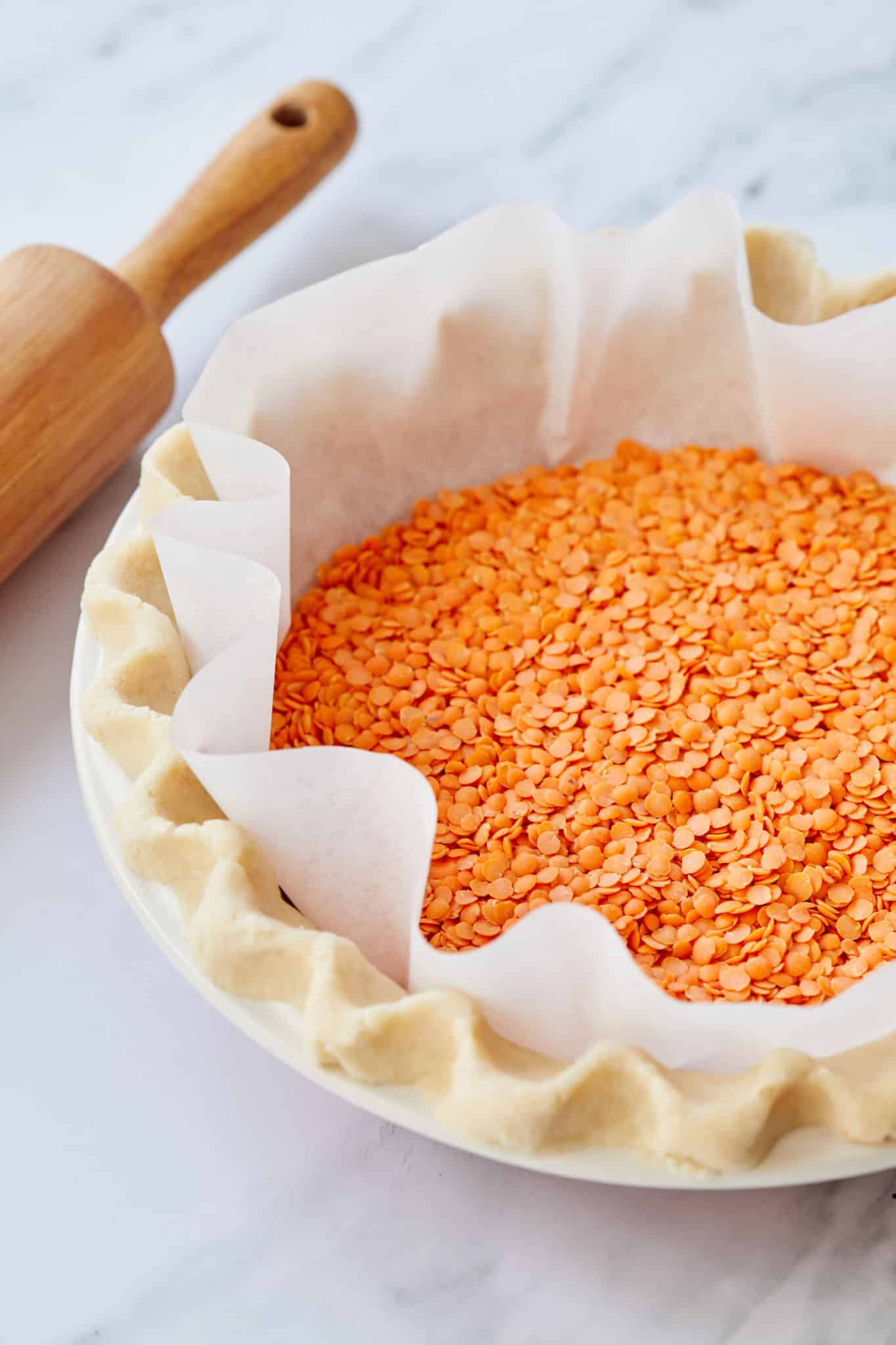
Q: How far in advance can I blind bake my pie crust ?
A: There’re a few ways to blind bake a pie crust:
- You can blind bake a pie crust on the same day of serving. Note to allow 30 minutes to 1 hour to cool the crust for further uses.This will ensure the crust is fresh and crisp when it’s time to serve.
- You can also blind bake the crust a day ahead. After blind baking, allow the crust to cool completely, then cover it with plastic wrap or foil and store it at room temperature until you’re ready to assemble your pie. This can save you time on the day you plan to serve the pie.
Q: What’s the best temperature to bake pie crust at?
A: Most pastries like HOT ovens. The best temperature to bake a pie crust can vary depending on the type of pie and the recipe you’re using. In general, pie crusts are typically baked at temperatures ranging from 375°F (190°C) to 425°F (220°C). Here are some general guidelines:
- Pre-baking a crust (blind baking): If you’re making a pie that requires a pre-baked crust, like a custard pie, quiche, or a pie with a no-bake filling, you’ll often bake with pie weights at 350°F (180°C) until the dough looks matte instead of wet, about 20 minutes. If you need your pastry fully baked then remove the parchment paper and weights and bake for a further 10-15 minutes or until the bottom of the crust is just lightly golden. Then continue to bake with filling in according to your pie recipe.
- Fruit pies: For most fruit pies, such as apple, cherry, or blueberry, the common baking temperature is around 350°F(180°C) to 375°F (190°C). This lower temperature allows the filling to cook thoroughly without over-browning the crust.
- Savory pies: Savory pies like pot pies, mushroom parcels, or meat pies may be baked at temperatures similar to fruit pies, usually around 375°F (190°C).
- Cream and custard pies: Cream pies and custard pies, like pumpkin pies or pecan pies, are often baked at around 350°F (180°C) to 400°F (200°C), to ensure that the filling sets properly without overcooking the crust.
- Hand pies and turnovers: Smaller pies, such as hand pies or turnovers, are typically baked at a slightly higher temperature, often around 375°F (190°C)-400°F (200°C), to achieve a crisp, golden crust.
Q: Should I bake pastry using the convection setting on my oven or the regular setting?
A: Most of my recipes are based on a normal conventional oven (unless specified otherwise) without using a fan or top heating elements.
- Bake on the middle rack in most cases. So you can use the conventional baking function following my recipe or use the convection oven baking (with fan) by lowering the temperature by roughly 25°F or following the manufacturer’s manual.
- If your oven is relatively smaller than a gas range oven like an OTG (oven toaster grill), you do need extra attention to see whether more adjustments are needed. I only use fan assist in my oven when I am baking multiple things at once. This allows the hot air to circulate evenly while baking.
- An air fryer works like a convection oven which is fan assisted with heating elements on the ceiling inside the baking chamber . You should lower your temperature by about 25°F(15°C) compared to the recipe or follow the manual instructions. Check out my articles Understanding Your Toaster Oven (A Guide To OTG Baking) and Guide to Knowing Your Oven to know and control your oven better.
Q: How do I know which pie crust recipe to use for my pie?
A: Which pie crust to use depends on several factors, including the type of pie you’re making and your personal preferences.
- My Best-Ever Pie Crust is a versatile master recipe that can help you make sweet pie crust perfectly, every time, such as, The Only Blueberry Pie Recipe You’ll Need, Best-Ever Pecan Pie, or my Classic Cherry Pie. Also works great when you want to do 5 Impressive & Easy Pie Designs.
- My Buttermilk Pie Crust substituting buttermilk for water not only makes this pie crust ten times more flakey and tender but also amplifies the crust’s flavor making the crust its own delicious component. You can use this crust either sweet or savory but I personally love it for my Tomato and Ricotta Galette , Mushroom and Thyme Leaf Tart and especially my Quiche recipe.
- My Flaky Sour Cream Pie Crust replaced water with sour cream adding both tenderness and depth of flavor. It’s much flaky and tender than standard pie crusts and richer than buttermilk pie crust. You can use this pie crust for sweet and savory pies.
- My 5-Minute No-Roll Pie Crust does NOT require rolling and is made by mixing all ingredients and pushing the dough in the same pan that is for baking it! It’s an easy path with the same amazing flaky results. You know what goes into your curst so it’s healthier than store-bought crusts at a lower cost! You can blind bake it, freeze it, or use it in any of my pie recipes.
- My Perfectly Savory Pie Crust has a generous amount of butter — yielding a perfect flake that will actually work for both sweet and savory pies. Try it in my Thanksgiving Leftover Pie!
- My Gluten-Free Pie Crust recipe is the easiest, flakiest, gluten-free crust you’ll find out there, and it’s perfect for all bakers — be it gluten sensitivity, curiosity, or even using just what you might have on-hand. Enjoy it in my Gluten-Free Cherry Almond Tart or use it in my Pumpkin Pie or my fav American Buttermilk Pie.


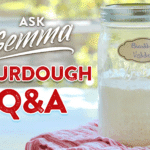

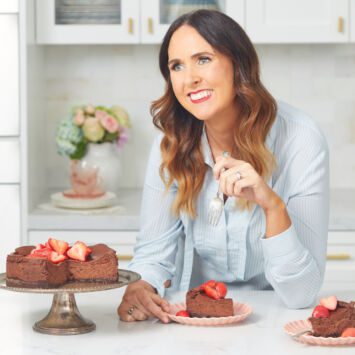


Hi Gemma. This is a great article! Thank you. Question: I’m in Canada and our pastry flour is sold as “cake and pastry flour” combined, however in your article it would appear these are 2 separate flours and that cake flour wouldn’t be recommended. Do you have any advice as to whether or not I should use this, or AP flour! Thanks so much!